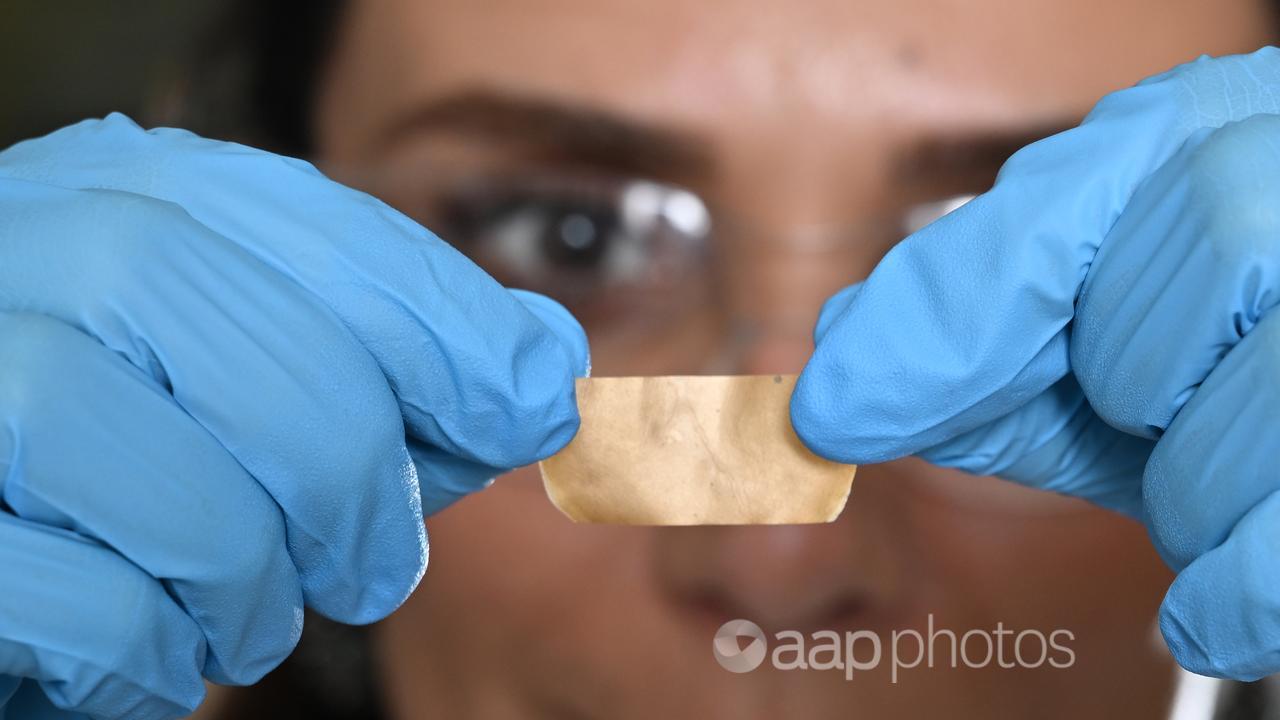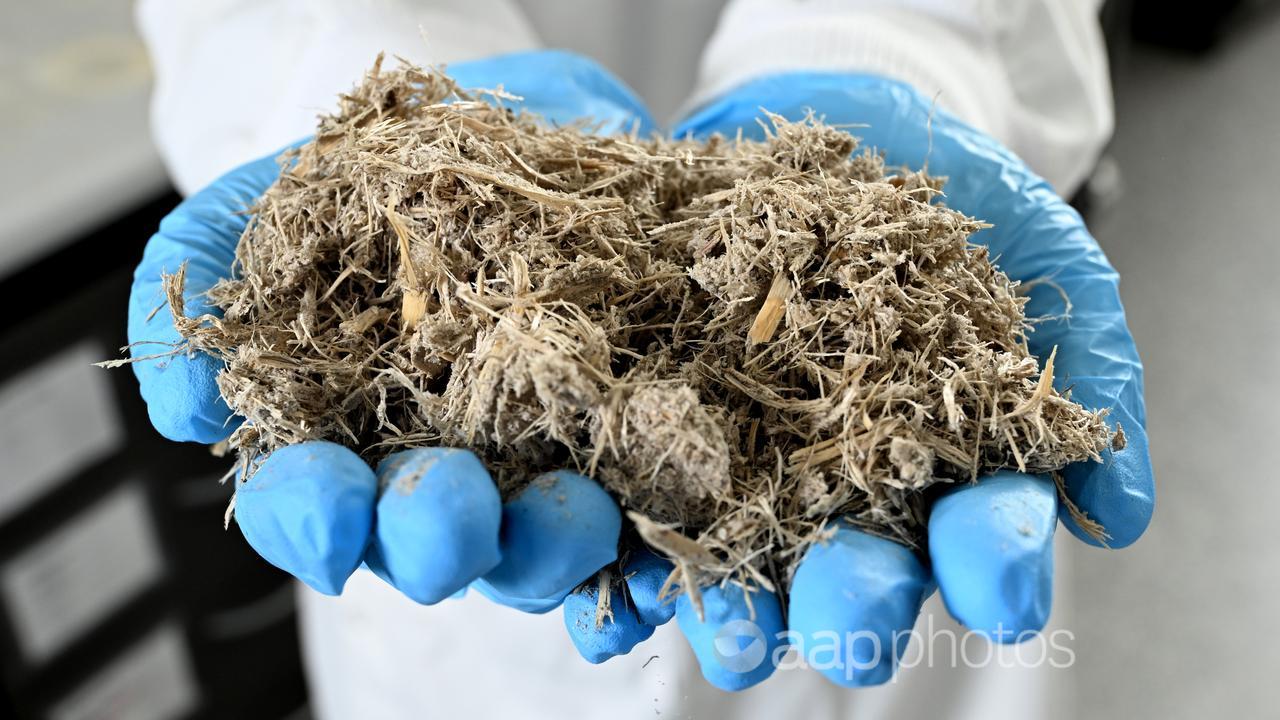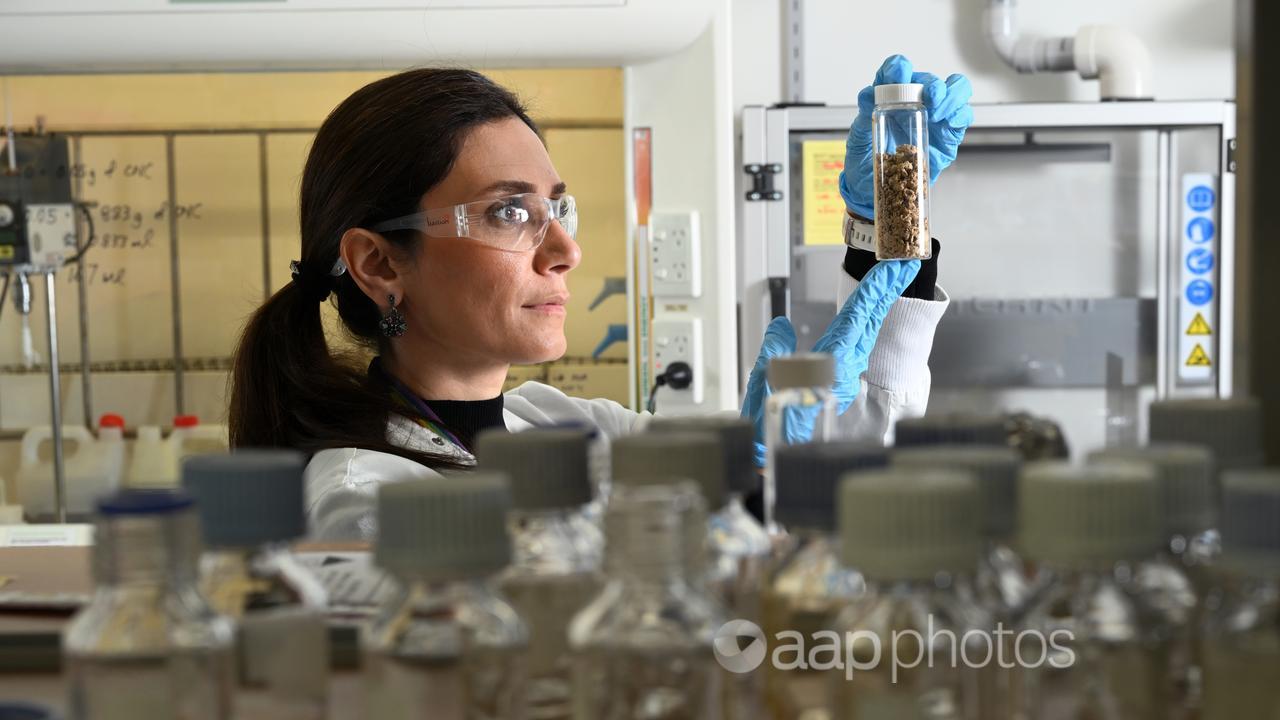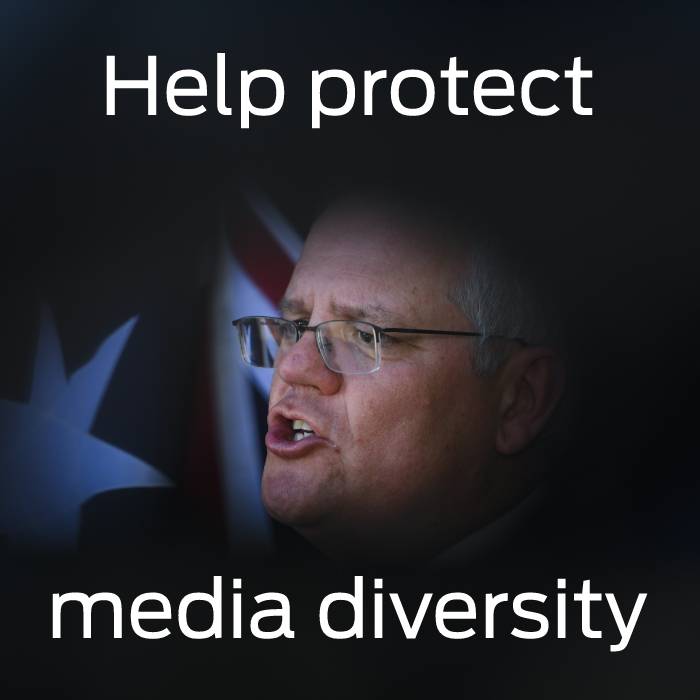Australian researchers have worked out how to turn sugarcane waste into a new form of bio packaging with the added sweetener of extending the shelf life of the produce.
The novel technology has been developed by Queensland University’s Nasim Amiralian and her team, with the packaging also carrying an antimicrobial coating.
“If someone who has a flu and goes to the supermarket and touches the packaging, the next person can get sick but when we use these antimicrobial materials, those viruses or bacteria are killed,” Dr Amiralian said.
“In less than 30 minutes, they kill all these bacteria, COVID and influenza A.”
In what is considered world-leading technology, Dr Amiralian hopes, with industry support, the packaging will be on the shelves within four years.

The research has been done in collaboration with sugar producer Sunshine Sugar which has three mills across northern NSW.
“Obviously we make sugar but sugar is really only 15 per cent of the sugar cane plant, so there’s all that fibre there, which basically can go to waste,” Sunshine Sugar’s Paul Madge says.
“Finding another use for this fibre, is one of our high priorities in the company.”
An estimated 120,000 tonnes of sugarcane leaves and tops are burnt in NSW prior to harvesting.
While Sunshine Sugar already converts some of its waste into boiler fuel to power the mills, there’s been a push to discover other uses for the sugarcane fibre that’s not processed to make sugar.
“It’s important … to try and diversify our companies revenue streams,” Mr Madge said.
Bronwyn Venus who promotes research solutions for the sugar cane industry, says agricultural companies are increasingly looking to reduce their waste footprint and create more circular economies.
“There’s a government push to be more environmentally friendly, so we have to meet some of those regulations,” the head of partnerships at Sugar Research Australia said.
“There’s also a waste stream that we need to get rid of and there’s also the sustainability of all the industries.”
In the short term growers would need to decide whether to direct the waste away from being used an energy source.
“This is a diversification opportunity for the sugarcane growers to ensure they have an alternative product if maybe the sugar price goes down,” Ms Venus said.

Reducing plastic pollution and food waste have been two key motivators for the research.
The supermarket chains are already doing work in this field, with the big three committed to reducing plastic waste.
In May, Coles launched mandarins in a recyclable paper bag, in the hope of avoiding 11.7 tonnes of plastic bags, and it’s done the same for grapes in Victoria and Tasmania with a further 68.4 tonnes removed from circulation.
ALDI says it’s on track to meet its goal of reducing plastic packaging by a quarter between 2019 and 2025.
Woolworths’ website states it has reduced more than 1338 tonnes of plastic since 2020 by removing it from produce.
Dr Amiralin believes the technology could hold the key to reducing Australia’s ranking as the second-highest generator of single-use plastic waste per capita globally.
“We are tackling the dual crises of plastic packaging waste and agricultural food waste, which collectively amount to 1.4 billion tonnes annually,” she said.
“Key benefits of this technology include substantial reductions in waste and emissions, elimination of harmful chemicals through recyclable green solvents, enhanced biodegradability and prevention of microplastic generation.”

And it’s not only plastic waste the researchers have their sights on.
The Queensland University team is also working to develop a different type of coating to be used on avocados and bananas to delay the ripening process.
“We can make this material from any biomass from just about any agricultural industry,” Dr Amiralian said.
She hopes it will improve the shelf life of avocados after long trips when exported.




















